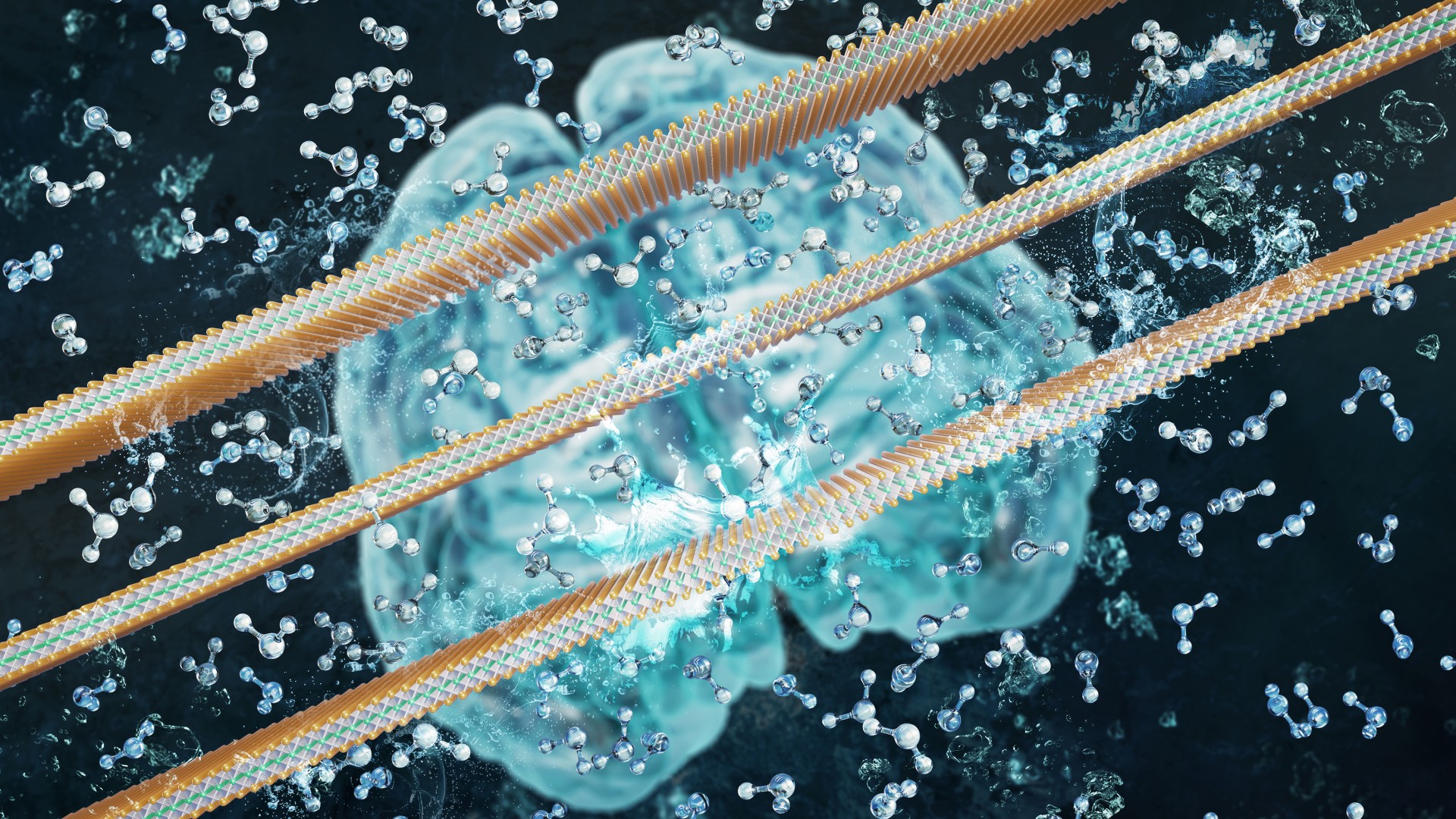| Apr 19, 2023 |
Intelligent membranes with memories make next-generation smart filters
(Nanowerk News) Researchers from the National Graphene Institute (NGI) have made 'intelligent' membranes whose 'memory' can be used in areas like smart separation technology, wound management, drug delivery, sensors and memory devices.
|
|
"The history of membrane development spans more than 100 years and has led to a revolution in industrial separation processes," says Professor Rahul Raveendran Nair, Carlsberg/Royal Academy of Engineering Research Chair and study team leader. "In recent years, there has been some effort towards making membranes that mimic biological structures, particularly their ‘intelligent’ characteristics."
|
|
Now, in research published in Nature ("pH-dependent water permeability switching and its memory in MoS2 membranes"), scientists explain how they have developed intelligent membranes that can alter their properties depending on the environment and remember how permeable they were before. This means the membranes can adapt to different conditions in their environment and, more importantly, memorise their state, a feature which can be exploited in many different applications.
|
 |
| Artist's view of intelligent membranes with memory effects. (Image: R.Nair)
|
|
A phenomenon known as hysteresis is the most common expression of memory or intelligence in a material. It refers to the situation where a system's current properties are dependent and related to its previous state. Hysteresis is commonly observed in magnetic materials. For example, a magnet may have more than one possible magnetic moment in each magnetic field depending on the field the magnet was subjected to in the past. Hysteresis is rarely seen, however, in molecular transport through artificial membranes.
|
|
"Coming up with simple and effective clean water solutions is one of our greatest global challenges. This study shows that fundamental molecular level insights and nanoscale materials offer great potential for the development of 'smart' membranes for water purification and other applications," said Professor Angelos Michaelides of the University of Cambridge.
|
|
In this work, the Manchester team in collaboration with scientists from University of Cambridge, Xiamen University, Dalian University of Technology, University of York, and National University of Singapore has developed intelligent membranes based on MoS2 (a two-dimensional material called molybdenum disulphide) that can remember how permeable they were before. The researchers have shown that the way ions and water infiltrate the membranes can be regulated by controlling the external pH.
|
|
The membranes mimic the function of biological cell membranes and display hysteretic ion and water transport behaviour in response to the pH, which means they remember what pH they were exposed to before. “The memory effects we have seen are unique to these membranes and have never been observed before in any inorganic membranes,” said co-first author Dr Amritroop Achari of the University of Manchester.
|
|
The researchers demonstrated that the biomimetic effect could be used to improve autonomous wound infection sensing. To do this, they placed the membranes in artificial wound exudate, which simulates the liquid produced by wounds, and subjected them to changes in pH. The membranes only allowed permeation of the wound exudate at pH levels relevant to an infected wound, thus allowing them to be used as sensors for infection detection. The researchers say the new membranes can also be used in a host of other pH-dependent applications, from nanofiltration to mimicking the function of neuronal cells.
|
|
Co-author Professor Kostya Novoselov, Langworthy Professor in the School of Physics and Astronomy at the University of Manchester and a professor at the Centre for Advanced 2D Materials, National University of Singapore said, “The uniqueness in this membrane is that its hysteretic pH response can be seen as a memory function, which opens a lot of interesting avenues for the creation of smart membranes and other structures. Research in this direction can play a pivotal role in the design of intelligent technologies for tomorrow.”
|

